Sidewalks shaded by trees create some of the most beautiful and inviting streetscapes. Unfortunately, those same trees can sometimes cause problems as their roots grow, pushing up concrete slabs and creating tripping hazards. Repairing lifted sidewalks is expensive, and in many cities, property owners are responsible for the costs. Fortunately, with proper planning, planting techniques, and maintenance, you can enjoy trees near sidewalks without dealing with cracked pavement.
This guide explains why tree roots damage sidewalks and offers practical solutions for preventing and managing the issue.
Why Do Tree Roots Lift Sidewalks?
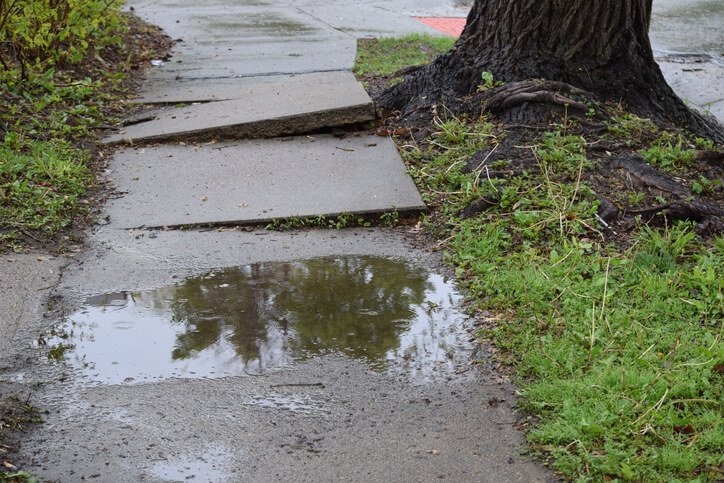
Tree roots don’t actively seek to destroy sidewalks—they’re simply searching for space, oxygen, and water. Here are the main reasons sidewalks get damaged:
- Limited Root Space: Sidewalks and compacted soil restrict roots, forcing them to grow upward.
- Shallow Root Systems: Many trees naturally develop shallow roots that spread wide rather than deep.
- Concrete Heat and Moisture: Sidewalk edges often have slightly better access to air and water, drawing roots toward the surface.
- Aging Sidewalks: Old, thin, or poorly installed concrete is more vulnerable to pressure from roots.
Best Trees to Plant Near Sidewalks
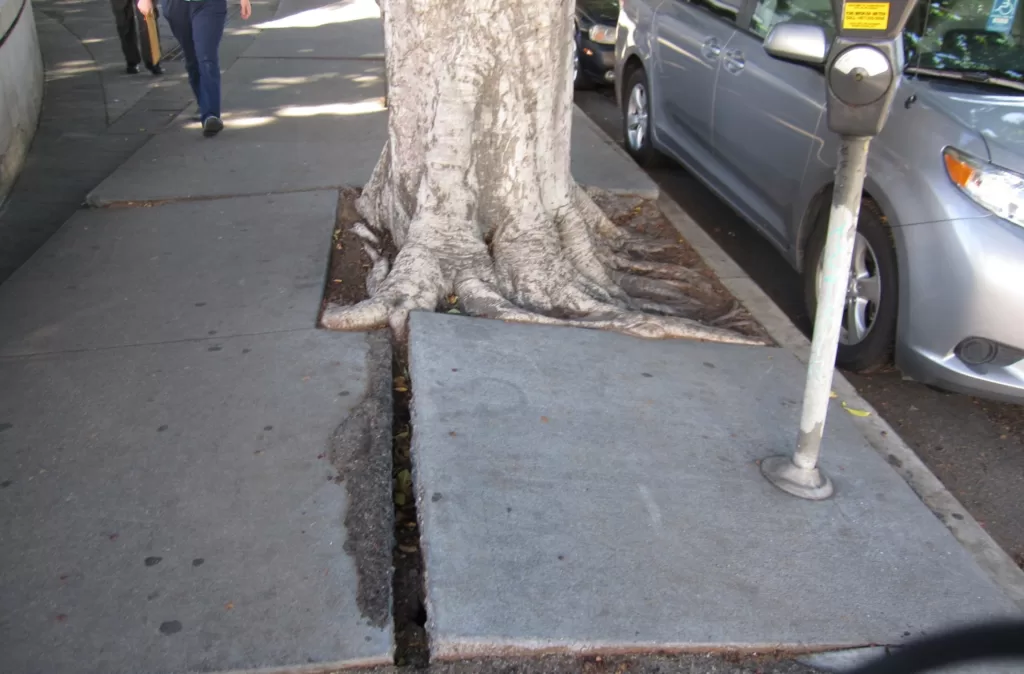
Prevention starts with smart tree selection. Some species are much less likely to cause sidewalk damage because they grow more slowly, have smaller root systems, or send roots deeper into the ground.
Good Choices for Small Yards or Street Trees:
- Japanese Maple (Acer palmatum): Slow-growing with compact roots.
- Crape Myrtle (Lagerstroemia indica): Showy summer blooms and non-invasive roots.
- Serviceberry (Amelanchier spp.): Four-season interest and manageable size.
- Hawthorn (Crataegus spp.): Decorative flowers and fruits with less aggressive roots.
Trees to Avoid Near Sidewalks:
- Silver Maple
- Poplar
- Willow
- American Elm
These species have aggressive, shallow roots that almost always interfere with pavement.
Planting Tips to Reduce Root Problems
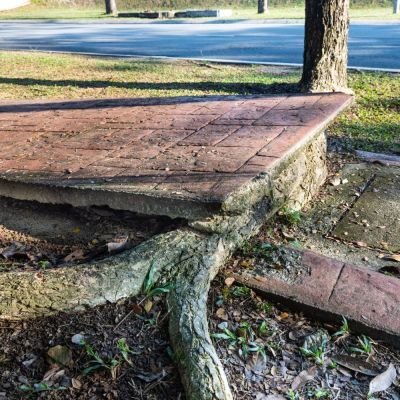
- Give Trees Adequate Space
- Plant large trees at least 8–10 feet away from sidewalks.
- Medium trees should be at least 6 feet away, and small trees 4 feet away.
- Choose the Right Root Barrier
- Install vertical root barriers made of plastic or fabric between the tree and sidewalk.
- These redirect roots downward instead of outward, reducing upward pressure.
- Prepare the Planting Site Properly
- Use deep, loose soil that encourages roots to grow downward.
- Avoid compacting the soil too much during installation.
- Water and Mulch Wisely
- Deep watering encourages roots to grow down rather than spreading out near the surface.
- Mulch around the base of the tree to maintain soil health and moisture balance.
Maintenance Strategies for Existing Trees
If you already have trees near your sidewalks, you can still take steps to minimize damage:
- Root Pruning: A professional arborist can carefully cut back invasive roots without severely harming the tree. This should be done cautiously, since cutting too many roots can destabilize or stress the tree.
- Flexible Pavement Materials: Instead of traditional concrete, consider using pavers, permeable concrete, or asphalt, which can flex slightly and are easier to repair.
- Regular Inspections: Look for early signs of sidewalk lifting and address issues before they become serious hazards.
- Sidewalk Ramps or Curved Walkways: In some cases, redesigning the sidewalk around existing trees can preserve both the pavement and the tree.
Eco-Friendly Solutions
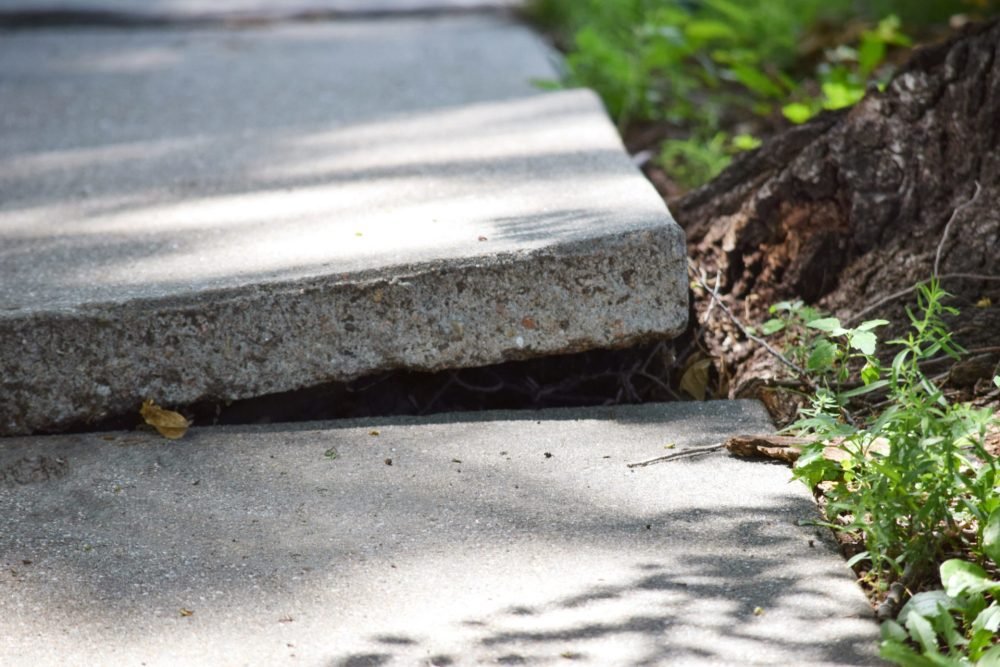
Sometimes the best fix balances both infrastructure and ecology:
- Structural Soils: Engineered soils provide stability for sidewalks while giving roots room to grow.
- Suspended Pavement Systems: These create an underground space where roots can expand safely beneath sidewalks.
- Tree Grates and Planters: Giving trees designated rooting areas with open soil surfaces keeps roots healthy and away from concrete.
When to Seek Professional Help
If a sidewalk is already severely lifted or cracked, or if a tree is large and mature, consult a certified arborist and a contractor before making changes. Removing large roots incorrectly can destabilize a tree, increasing the risk of falling during storms. In many municipalities, special permits may also be required for tree root pruning or sidewalk alterations.
Final Thoughts
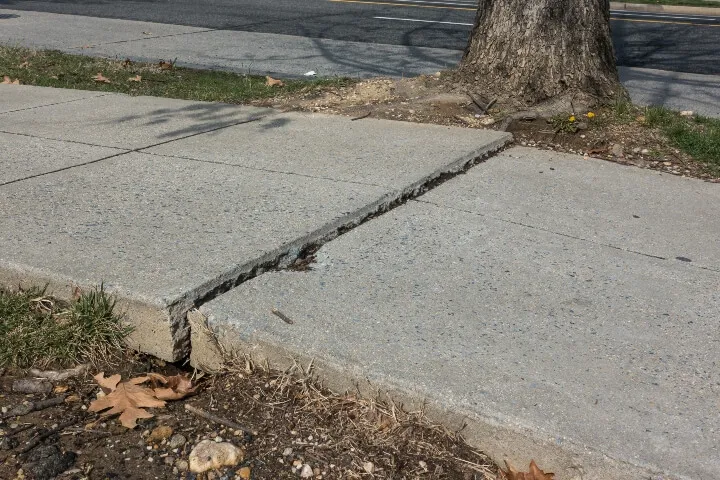
Trees and sidewalks don’t have to be at odds. By choosing the right species, planting with care, and maintaining both trees and pavement thoughtfully, you can enjoy shaded walkways without constant repair bills.
The key is to think ahead: pick trees suited to urban environments, give them space, and use modern landscaping techniques that respect both the tree’s biology and the sidewalk’s durability. With a little planning, you’ll have strong, healthy trees and safe, welcoming sidewalks for years to come.





Leave A Comment